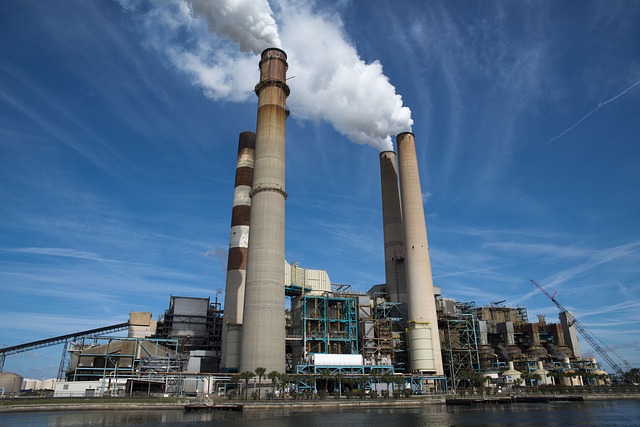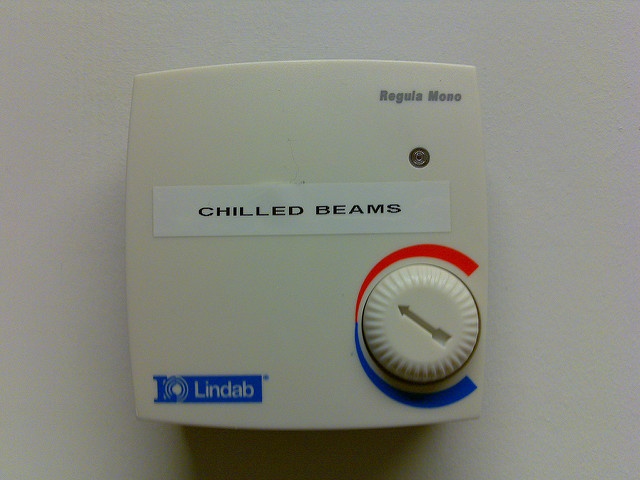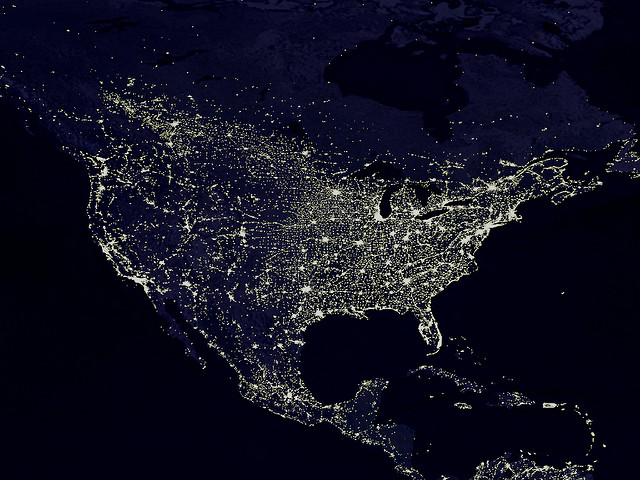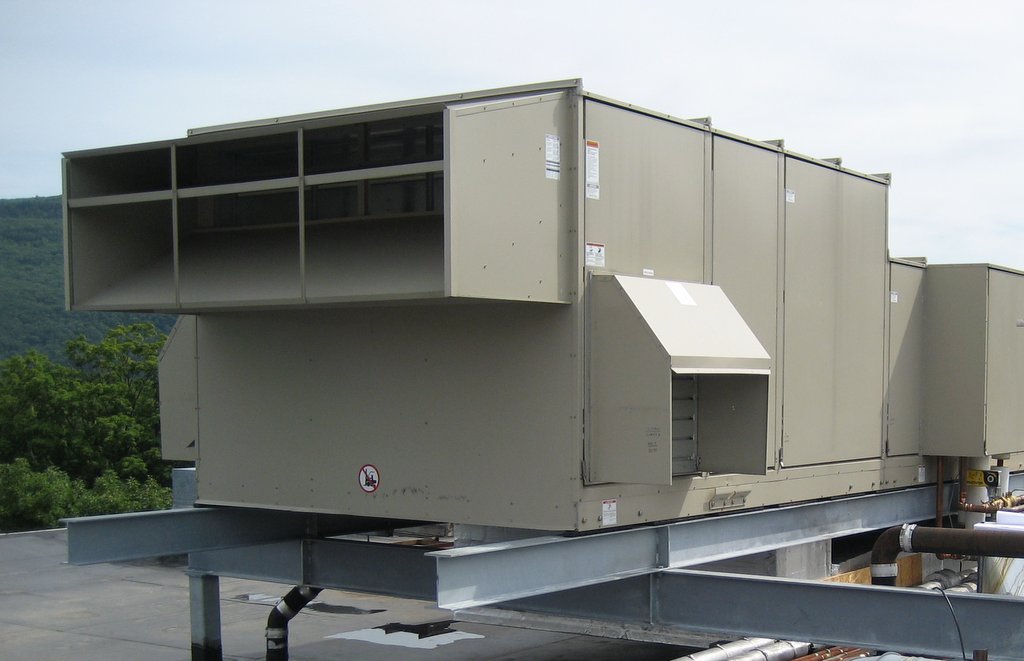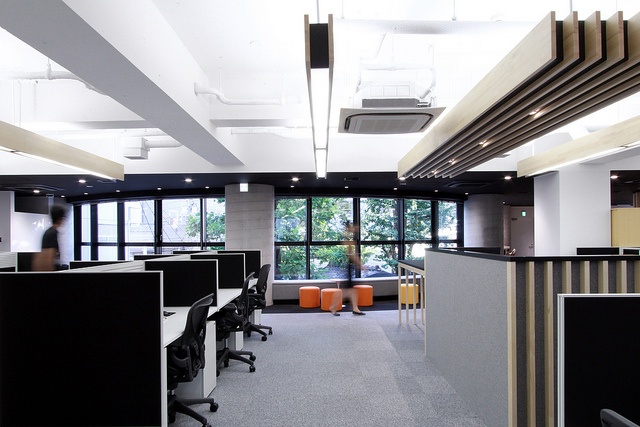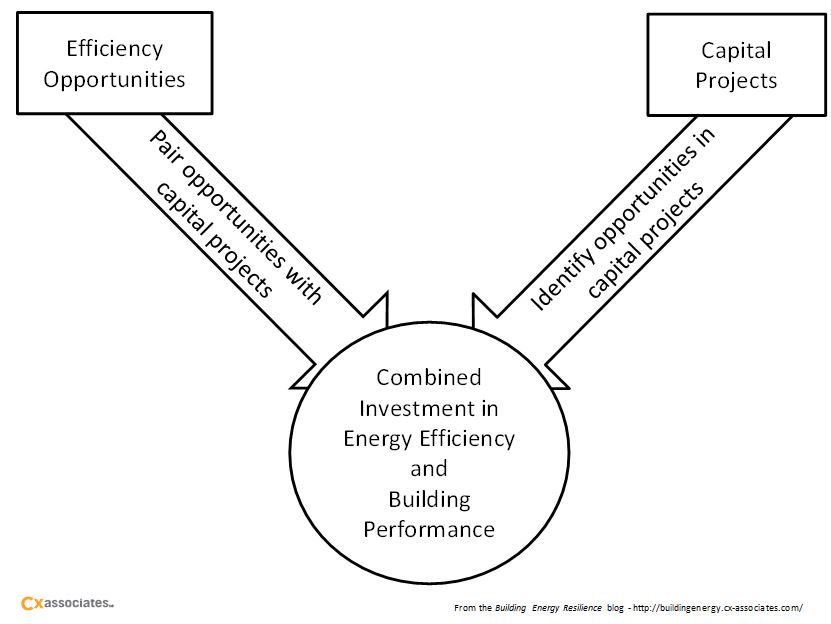For more than a decade, Vermont has been contributing energy efficiency to the New England electricity grid in the Forward Capacity Market (FCM). As a consumer, whether business or residential customer, we think of efficiency improvements as a personal gain, reducing our overhead costs, improving our building’s performance and helping our own pocketbook. Seldom do we think about the impact of energy efficiency on the electric grid, where it actually has a trickle-up impact of our actions onto the bigger picture. But energy efficiency is part of the “supply” for the grid, just like oil, natural gas, solar and other sources. Ben Fowler’s post last month showed a graph of the Generation Fuel Mix of the Philadelphia electric utility. What that doesn’t show is how much is taken off the grid by energy efficiency projects. States take this unrequired energy into account in planning of future energy and infrastructure needs. This has led to avoiding building or expanding substations, transmission lines, and power plants.
3 min read
Impact of Energy Efficiency on the Electric Grid
By Eveline Killian on Sep 14, 2016 3:00:00 PM
Topics: Energy Efficiency
4 min read
Applying Commercial AC Features to Residential for Cleaner Energy During Peak
By Ben Fowler on Aug 31, 2016 10:00:00 AM
Recently, I was down in Philadelphia visiting family. Being late August, it was 95°F out with a dew point in the low 70’s. Overwhelmingly hot was an understatement, but I do know these things are relative. The residential window air conditioning unit (or as we like to call them in the office, “window shaker” for I think obvious reasons) was running full-tilt and not keeping up. The compressor hadn’t paused for the over an hour. Meanwhile, PJM, the Independent System Operator (ISO) serving the large mid-Atlantic/Central US region including Philly was projecting a 142 gigawatt afternoon peak electric load, with more than 1/3 of this load met with “dirt burners,” more commonly known as coal power plants. See the table below for the generation fuel mix and real time and projected load stats. This kind of info is provided on all the ISOs I’ve checked, which is interesting for us energy geeks. Looking at the data, it made me think I should have just shut the thing off.
Topics: Sustainability Energy Efficiency
3 min read
Do Chilled Beams Save Energy Over VAV Systems?
By Eveline Killian on Aug 3, 2016 10:00:00 AM
Chilled beams have been common in European building HVAC systems for decades, but they are just getting popular in the U.S. These units fit in a drop ceiling or can be hung flush to the ceiling and contain a chilled/hot water coil and, in the case of active beams, a duct bringing in ventilation air.
Topics: Energy Efficiency Building Performance & Technology
4 min read
Bill Gates’ Environmental Math and Getting to Zero CO2
By Rick Stehmeyer on Jul 20, 2016 10:00:00 AM
I love simple concepts formulated using basic math. And even though I love all mathematics, I’ll be the first to admit that my math skills could always be stronger, so I am always trying to learn. I guess that’s why the basic formulas for really complicated concepts really resonate with my inner nerd. The Drake equation as a model for explaining the Fermi paradox is a wonderful example of these. Recently Bill Gates released a short speculation on YouTube regarding energy and CO2. This too really resonated with me as it’s an area where I see our industry really affecting change.
Topics: Sustainability Energy Efficiency
3 min read
The Future of Lighting
By Jennifer Chiodo on May 18, 2016 10:00:00 AM
In 2020 federal standards will go into effect that will render lighting energy efficiency measures for screw-in lamps (standard A-lamp light bulbs) extinct. This will have a big impact on residential energy efficiency programs, but what about the programs and savings for the commercial market? Most of the commercial and industrial built environment is illuminated by linear fluorescent lamps. While the baseline efficiency mandated for these lamps does continue to improve, the advent of LED lighting presents a major opportunity to re-light commercial and industrial spaces, potentially increasing lighting savings in this market just when savings are disappearing in the residential market.
Topics: Energy Efficiency
3 min read
The Future of Demand Response After FERC v. ESPA Decided by SCOTUS
By Ben Fowler on Apr 27, 2016 10:00:00 AM
On January 25, 2016, the US Supreme Court (SCOTUS) ruled on Federal Energy Regulatory Commission (FERC) v. Electric Power Supply Association (EPSA). The ruling, which was 6-2 in FERC’s favor, is great news for the bright future of a practice which can help grid operators better match electrical grid power supply and demand in real-time, known as Demand Response.
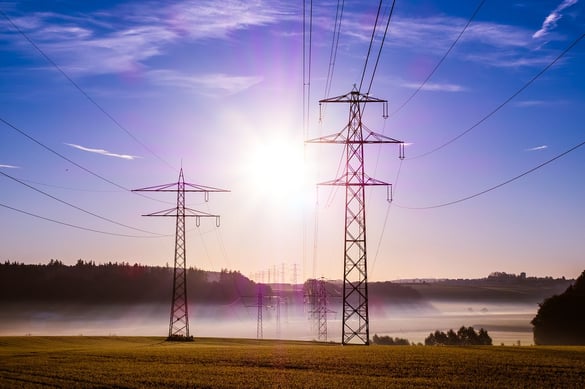
What is Demand Response?
Topics: Public Policy Energy Efficiency
3 min read
What is the Roof Top Unit Challenge?
By Katie Mason on Mar 2, 2016 10:00:00 AM
Recently I researched the “Roof Top Unit Challenge” which was created by the U.S. Department of Energy (DOE). What is the Roof Top Unit challenge? Launched in January 2011, the DOE released a design specification or commercial RTUs (Roof Top Units) with capacities ranging between 10 and 20 tons. RTUs built to match this specification are expected to have reduced energy usage by as much as 50% compared to a code compliant RTU. There is a large dependency on the building type and location of the RTU in relation to amount of energy savings. Since January 2011, top performing RTU manufacturers are working to design units that meet this specification. In this post, I will discuss what it takes for a unit to be part of the RTU Challenge and which manufacturers have models that are designed to meet this performance specification.
Topics: Energy Efficiency Building Performance & Technology
3 min read
Why Over Lighting is a Problem Worth Fixing
By Jennifer Chiodo on Feb 10, 2016 10:00:00 AM
I remember someone telling me once that the compact fluorescent (CFL) twisty bulb was “sexy.” They were convinced the product would have market appeal. I have yet to meet someone who actually likes the light that comes from CFL bulbs. Now, LEDs are another thing entirely. They do have market appeal and we can see that manufacturers are working hard to develop products that capture consumer interest at prices that make us buy.
Topics: Green Building Energy Efficiency
4 min read
Impacts of PID* Tuning
By Rick Stehmeyer on Nov 25, 2015 10:00:00 AM
I’ve noticed a common problem across a range of buildings due to the idea that all PID controls behave the same. The result of this misconception rears its ugly head in poor tuning and poor implementation of PIDs that can cause your HVAC system to perform poorly for years. The PID is a great means to realize your design intent, if you know how to properly spell out for your controls contractor what it is you’re looking for. But before that, let’s get the basics down first - What is a PID?
Topics: Energy Efficiency Building Performance & Technology
2 min read
The False Tradeoff between Energy Efficiency and Building Performance
By Brent Weigel on Nov 19, 2015 10:00:00 AM
Energy efficiency upgrades are widely recognized by facility managers as good investments with the potential for short payback periods and attractive lifecycle costs. However, energy efficiency investments are also often viewed as an added expenditure in competition with capital investments in infrastructure driven by end users and/or the mission. Some managers may fear a tradeoff between energy efficiency investments and other improvements in building performance, such as better indoor environmental quality (IEQ) or lower maintenance costs. In my view, the tradeoff between energy efficiency investments and other improvements in building performance is a false dichotomy - energy efficiency investment opportunities can reduce costs while enhancing building performance to better satisfy end users and the mission.

